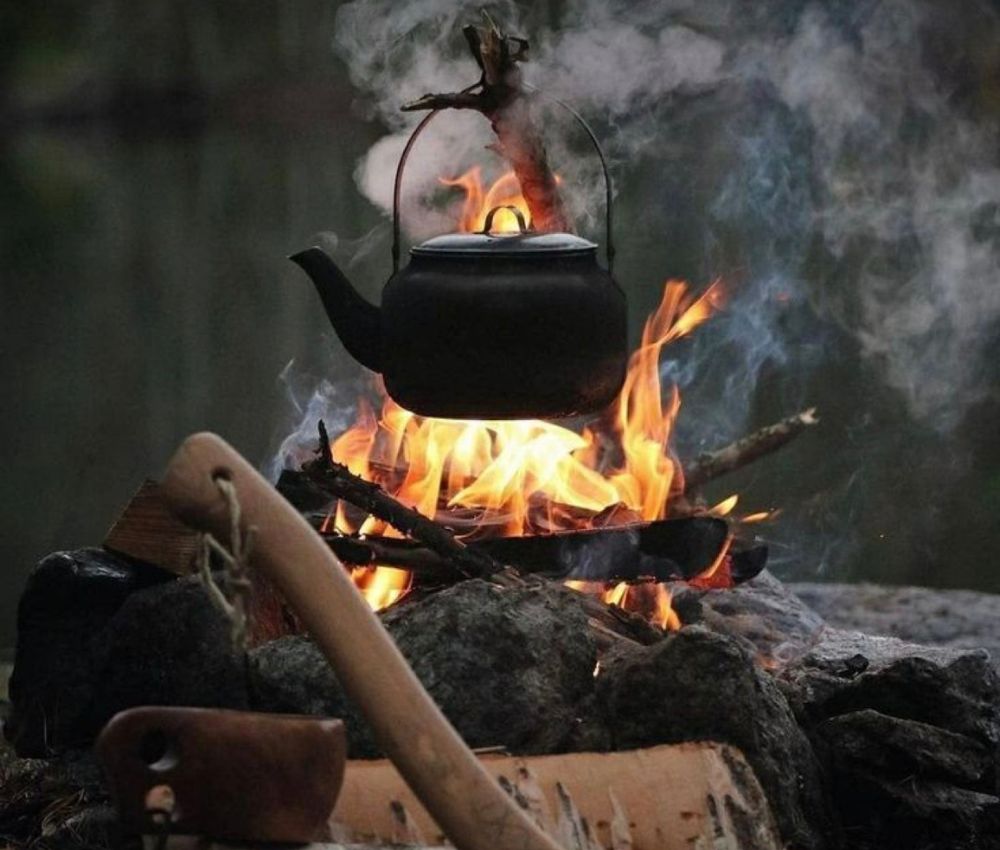Beyond Gendered Expectations

A big thank-you to all the attendees last Friday who gave us their attention and engagement as we flew solo without Arama for the first time! As always, it is great to see faces from all over Aotearoa and from many walks of life.
Last week’s cuppa was a flow-on from our previous topic, Unpacking Positive Masculine Leadership, as one participant who had been percolating on the conversation posed the question: “Is the focus on masculinity and leadership
a product now because of more females being in leadership positions who have a different way of leading?”
This question explored the shifting landscapes of masculine leadership and how the rise of female leadership roles may affect traditional views of leadership.
Some participants have observed an increase in female leadership:
“There’s clearly an imbalance within these masculine structures and systems, and that’s why we’re seeing the rise of wahine leadership.”
“Wāhine are rising. Women are rising.”
“More females are in leadership positions.”
Other participants reflected on why this may be occurring today:
“The traditional structure has sort of flipped in some ways.”
“Women are becoming independent and more focused on what they want.”
A blending of the masculine and feminine
Interestingly, when we started to kōrero about masculine leadership, we also began to talk about feminine leadership. It seems as though it’s hard to define one without the other. In a beautiful sense, leadership can embody both feminine and masculine ways of being and doing, depending on the context and audience. This point resonated with a few of our participants:
“We all have both feminine and masculine qualities at various times and situations.”
“Leaders can be a blend of both.”
A participant shared an example of how both masculine and feminine traits are innately within us, reflecting that this was more common in Indigenous cultures and pre-industrial eras:
“There was probably that blending of masculine and feminine within the individual.
And speaking from Te Ao Māori, I know that is definitely the case,
where there's traits of masculine and feminine… having that wairua,
those two waters running within us, masculine and feminine.”
Adaptive and collaborative characteristics of leadership
Another participant likened this way of leading to parenting — particularly as different children have different needs — and went on to say that leadership requires:
“Different traits depending on the needs of the group that you’re leading.”
It was clear that we valued positive leadership traits rather than genderised leadership expectations:
“We just need to walk alongside one another and support each other.”
Leaders who walk alongside people create space for collaborative and connected ways of learning and working together. Our participants openly welcomed this culture of collaboration in leadership and echoed these sentiments:
“We need to work collaboratively.”
“Working in collaboration and connection but also driven by values.”
“Leading by being collaborative and listening.”
Being a leader who listens is synonymous with a leader who asks questions. Another participant reflected on this notion of blending what is perceived to be masculine and feminine traits, giving an example of a colleague who embodies this way of leading. This person masterfully demonstrates the naïve inquirer role by:
“Always ask[ing] a question which draws out what you’re thinking as a different way of operating.”
Asking questions as a leader invites people to bring their own ways of being, thinking, and doing to conversations — because as leaders we don’t know everything. As one participant commented:
“It’s important that we leave room for people to bring their own ways of leading.”
Another participant added:
“I think it is important for us to bring ourselves — our authentic selves — to the table and also realise who we’re standing alongside and leading together. A more collective way of leadership.”
Once again the conversation landed on an inclusive and collaborative leadership and found common characteristics that we valued in leaders in our community.

